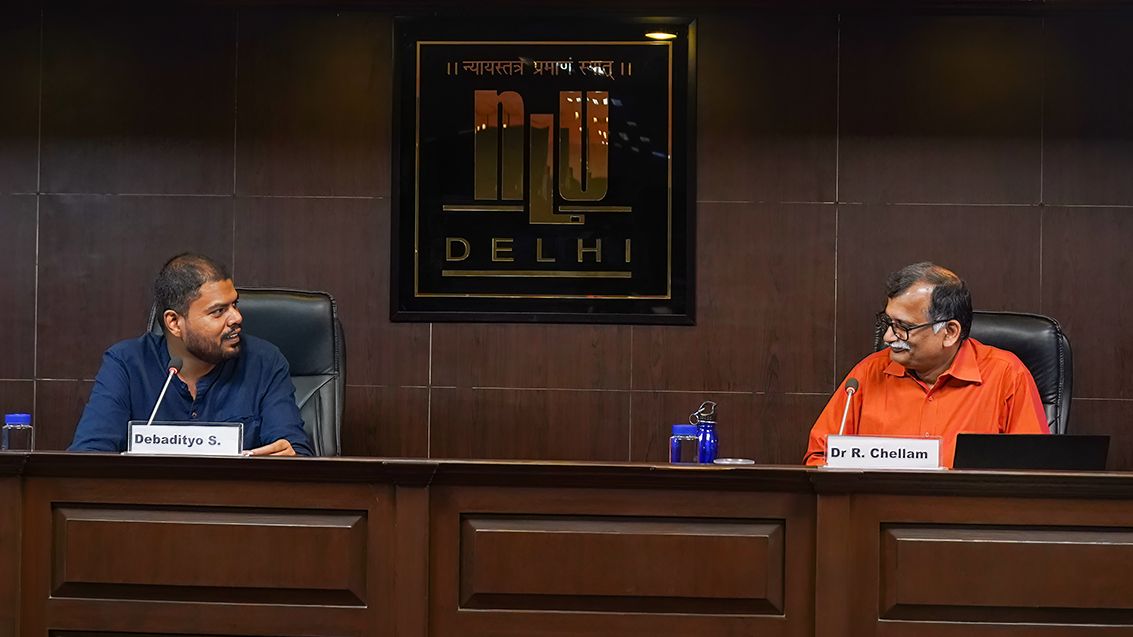In Part II of the video series breaking down the findings of the Criminal Justice Team on crimes against women in India, Naveed Mehmood Ahmad evaluates the legislative thinking and response to the rising violence faced by women in India.
3,71,503 cases of crimes against women were registered in 2020, despite the continued increase, legislators have persistently believed in criminal law’s deterrent capabilities to end violence against women. The belief is often that the Criminal Law’s ability to prevent crime is inherently linked with the harshness of punishment. The Criminal Law (Amendment) Act of 2018 and the Protection of Children from Sexual Offences (Amendment) Act of 2019 are some of the latest interventions. These laws have led to longer jail terms, the death penalty, reversing the burden of proof, etc. as tools to boost the deterrent capability of the law.
Legislators often also argue for public executions and even castration for those found guilty of committing crimes against women. This does well to calm the public sentiment, but in this massive show of state paternalism, the debate often loses the nuance.
Due to this continued belief, alternative mechanisms outside of criminal law to combat the violence against women are not explored. The Criminal Justice Team has analysed Parliamentary Debates of 10 Acts of Parliament on issues of violence against women in India. Full findings of the research can be found at: https://crimesagainstwomen.in/
Watch this video to find out how the legislature’s focus on punishments has not worked, and watch out for more videos in this series.
Watch the introductory video in the series to understand how we ended up here: https://bit.ly/3cvdZNj
Read an earlier blog by Naveed Ahmad and Ayushi Sharma on the judicial attitudes towards cases of cruelty here: https://bit.ly/3cr4SNA


